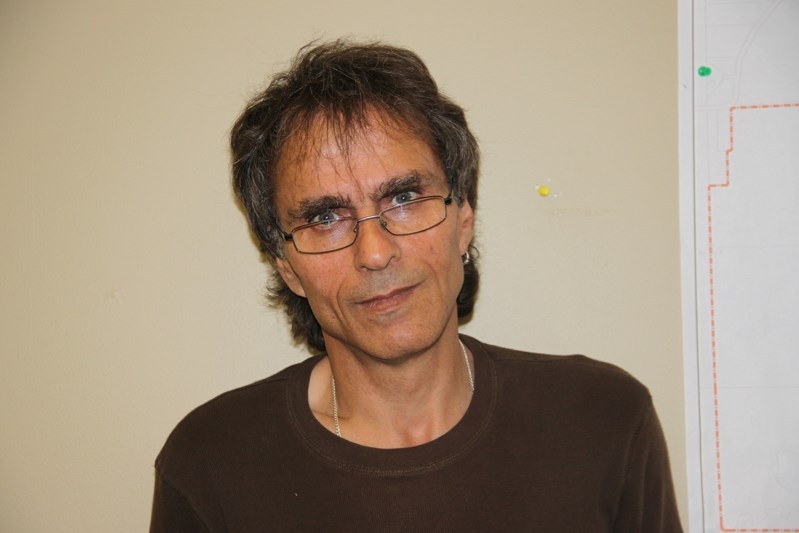Last week's discovery of one of the two Franklin expedition ships in the Canadian Arctic is one of those types of fascinating news stories that has the ability to make most folks forget about the day-to-day drudgery of sifting through daily reports o
Last week's discovery of one of the two Franklin expedition ships in the Canadian Arctic is one of those types of fascinating news stories that has the ability to make most folks forget about the day-to-day drudgery of sifting through daily reports of yet another provincial government expense scandal, late summer snowstorms and, yawn, comparisons of Scotland's independence vote to Quebec's past silly infatuation with referendums.
Finding one of Franklin's ill-fated ships in the frigid northern waters has been a Rubik's Cube-type problem for historians to solve for more than 160 years.
"It is bigger than finding the Titanic," quipped one senior officer with the Canadian Coast Guard.
Now that Canadian archaeologists found one ship, there is still another to locate. And when that happens, the artifacts collected will presumably help connect the dots to find out how and why the 128 crewmembers of Capt. Sir John Franklin's expedition to sail through the Northwest Passage met their doom.
So why is this important? It is so because of the mystery, the need for inquisitive minds to know the full story. When facts present themselves like the ship discovery last week, it serves only to wet the appetite for more of the story, which in this case will take on a life of its own and never end. Much like the Titanic, a tragic story that will be forever talked about and debated.
Outside my duties here at the Province, I have been working on two of my own mysteries, also dealing with the final resting places of long forgotten souls. In August, I went to Manitoba to continue work on a family genealogy project with my cousin Brian Lesko. We wanted to know what happened to our maternal great-great-grandparents, Adam and Katherine Yadlowski, who came to the Brokenhead district east of Winnipeg to homestead in the early 1900s.
Brian and I went on our own expedition through many cemeteries in and near the Brokenhead district. We probed and photographed hundreds and hundreds of gravesites. We ultimately found Adam's final resting place, and the next day we discovered what we now believe was Katherine's gravesite, although there remain many questions. But that is to be expected. Like Rubiks Cube, we will be twisting away at evidence at hand, seemingly forever, to find answers.
Last year, on a freelance writing assignment in Lovett, Alta., an inaccessible ghost town in the historic Alberta Coal Branch, I stumbled upon conclusive evidence of where Pte. John Lloyd, a long-forgotten native of Wales and First World War veteran with the Canadian Army, was buried. The discovery led to a decision by the Commonwealth War Graves Commission to honour Lloyd with a proper military grave marker at the cemetery, where his exact location is still unknown. That question, and many others surrounding Lloyd's circumstances, remain unanswered, like why he never returned to his wife and family back in Wales.
Last month I went back to Lovett to help restore the cemetery with Bill Taylor, a seasonal and only resident of the ghost town. We knocked down trees, dragged away countless logs and have made many plans to get the site in tip-top shape for when, and hopefully it will be soon, Lloyd's grave marker will be finally installed.
In the meantime, I do have my own Rubik's Cube mystery, always seeking. It's no game, just an insatiable thirst for answers.
